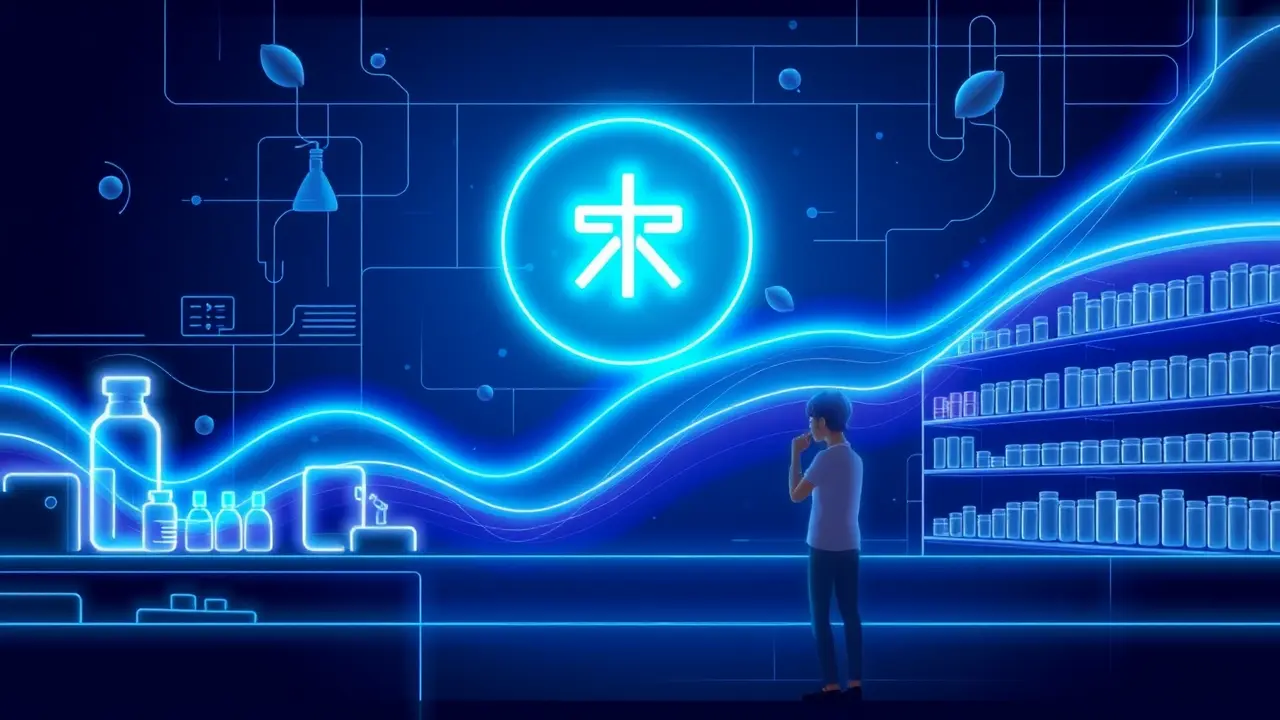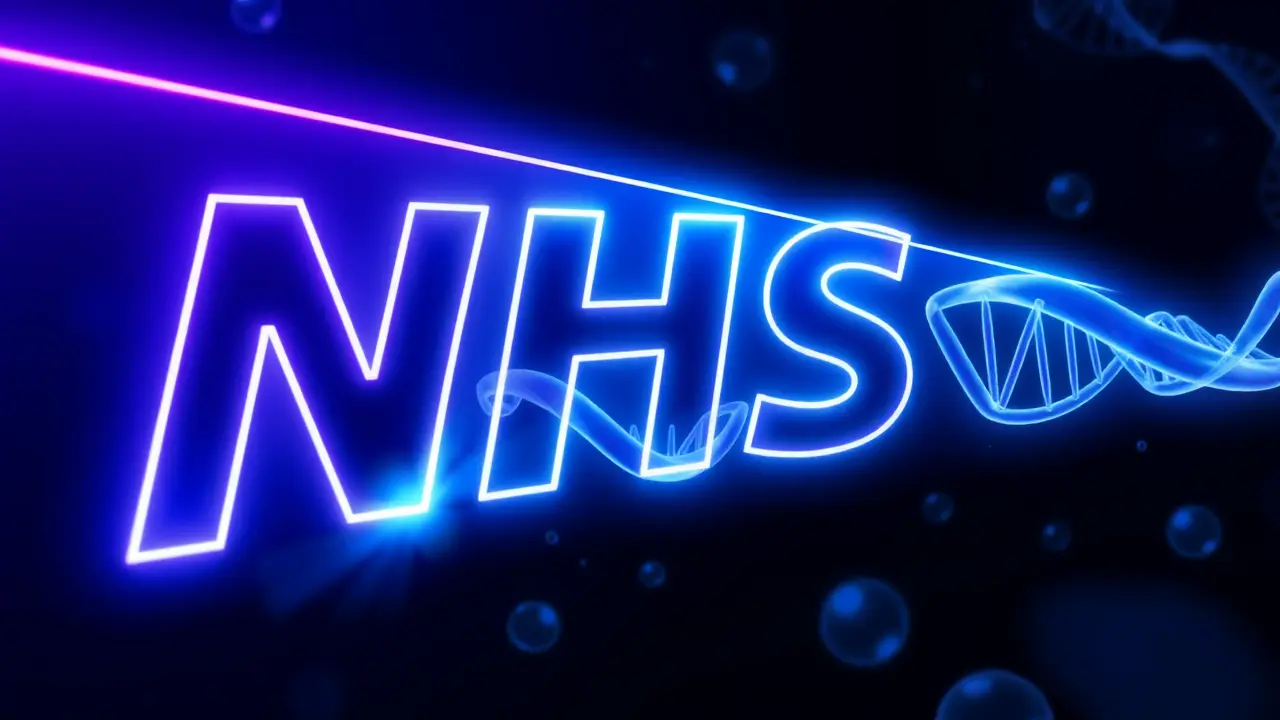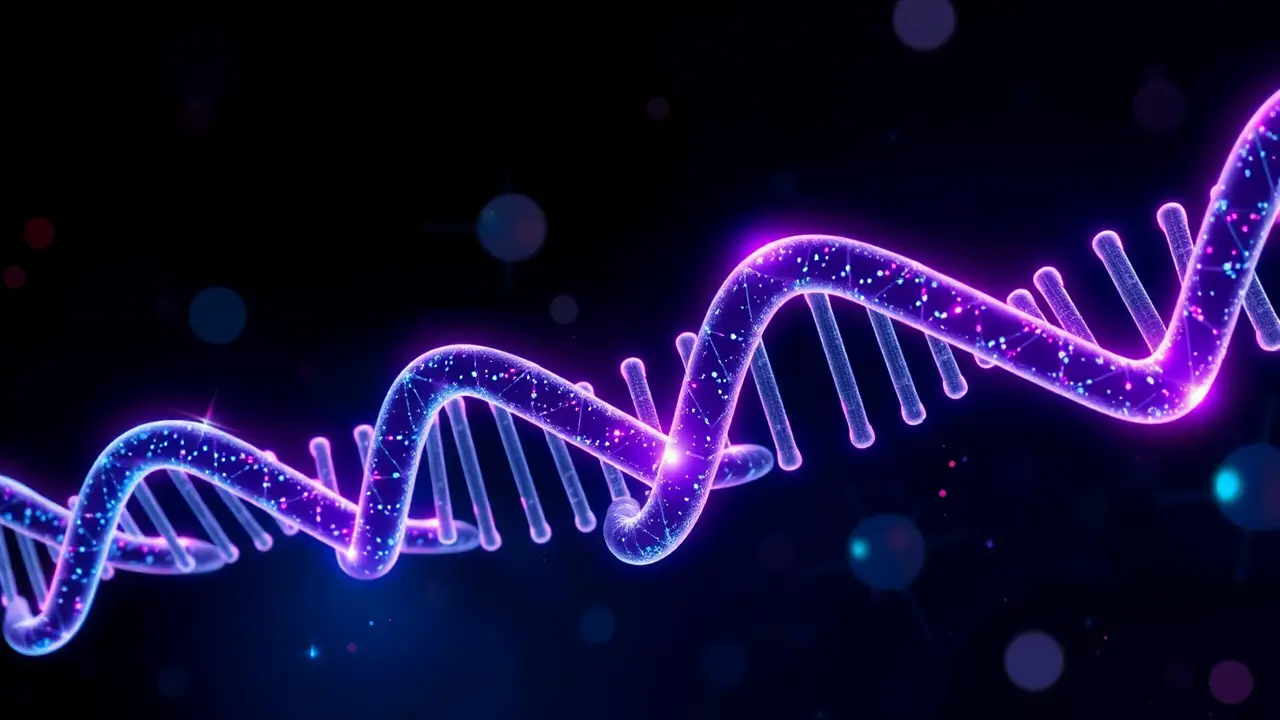- News
- medicine
- Bioelectronic Breakthrough: Electrical Signals Reprogram Immune Cells to Accelerate Healing

SciencemedicineRegenerative Medicine
Bioelectronic Breakthrough: Electrical Signals Reprogram Immune Cells to Accelerate Healing
KE
Kevin White
2 days ago7 min read
In a landmark discovery that merges the fields of immunology and bioelectronics, scientists at Trinity College Dublin have unlocked a new method to direct the body's healing processes. Their research demonstrates that targeted electrical stimulation can reprogram key immune cells, shifting them from a pro-inflammatory state to a regenerative one, thereby dramatically speeding up recovery.The study focuses on macrophages, the immune system's versatile first responders. These cells typically exist in two primary states: the M1 type, which promotes inflammation to fight pathogens, and the M2 type, which suppresses inflammation and facilitates tissue repair.The challenge in chronic wounds and autoimmune diseases is that the inflammatory M1 state often persists, preventing healing. The Dublin team's innovation uses precise electrical cues to directly convert pro-inflammatory M1 macrophages into their anti-inflammatory, pro-healing M2 counterparts.This cellular reprogramming occurs without drugs or genetic modification, representing a fundamental shift in therapeutic approach. The potential applications are vast.This technique could transform the treatment of persistent diabetic ulcers, severe burns, and inflammatory conditions such as rheumatoid arthritis. By actively promoting tissue regeneration and the growth of new blood vessels (angiogenesis), it addresses the root cause of stalled healing.This bioelectronic strategy, part of the emerging 'electroceuticals' field, offers a highly targeted alternative to broad-acting immunosuppressant drugs. Instead of suppressing the entire immune system, it provides a localized treatment that recalibrates the specific cellular players involved in the inflammatory response.The research underscores that the body's internal communication network is not solely based on biochemistry but also on intricate electrical signaling, opening a new frontier in medical science. Translating this discovery into clinical use will require the development of sophisticated delivery systems, such as smart implantable devices or bioelectronic wound dressings capable of administering localized electrical stimulation. While regulatory pathways for such novel therapies are yet to be established, the potential for a future where healing is electrically guided represents a paradigm shift in medicine.
#lead focus news
#immune cells
#macrophages
#electrical stimulation
#inflammation
#healing
#tissue repair
#Trinity College Dublin
Stay Informed. Act Smarter.
Get weekly highlights, major headlines, and expert insights — then put your knowledge to work in our live prediction markets.
Related News
Comments
It’s quiet here...Start the conversation by leaving the first comment.
© 2025 Outpoll Service LTD. All rights reserved.





